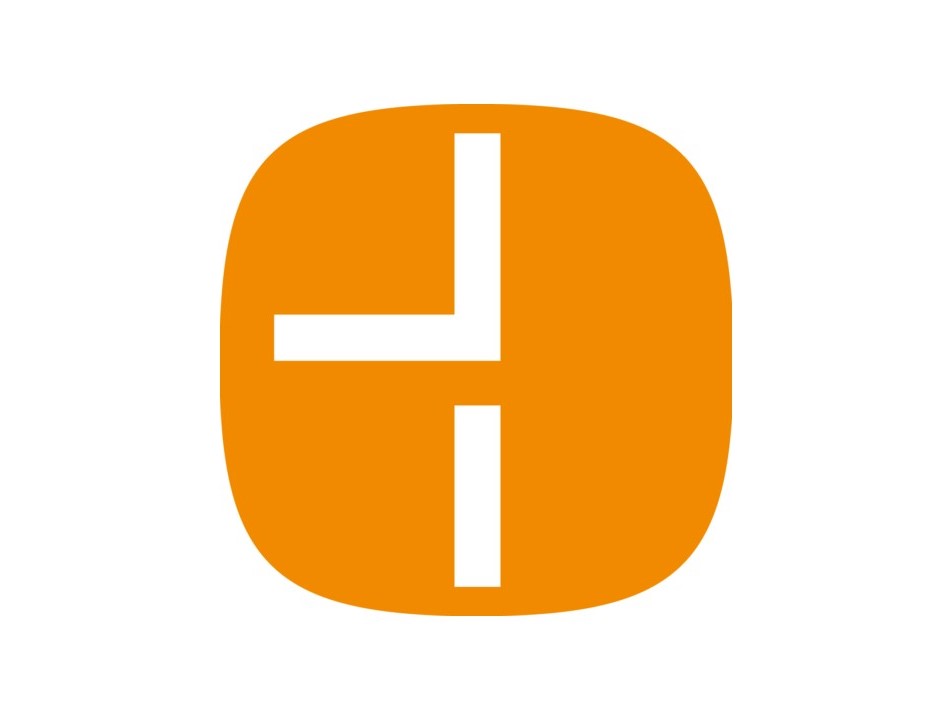In the ever-evolving landscape of the culinary world, implementing innovative technologies like sous vide systems can greatly enhance a restaurant's offerings. However, to navigate this new territory successfully, it's crucial to understand key concepts related to food safety, kitchen automation, and sous vide equipment. This blog post will serve as your comprehensive guide, introducing you to essential terms and ideas that will pave the way for a seamless integration of sous vide cooking into your restaurant's operations.
Food Safety in Sous Vide Cooking
The cooking step in sous vide is done at a mild heat, this means that temperature control throughout the whole process is important to make sure that all vegetative bacteria are killed.
Let’s go through some food safety criteria that must be considered when food is cooked in in the sous vide style for service in food premises:
Temperature Safety Zones for Sous Vide
The temperatures used in sous vide style cooking are well below sterilization temperatures, which occur above 121ºC (250ºF). Depending on the protein type, the minimum acceptable cooking temperature varies. For meats this minimum temperature is 55ºC and 60ºC for poultry. It’s important to note that temperature ranges from 10ºC to 55ºC can be dangerous as the chances of illness causing bacteria growth are very big. Please note that this is just a recommendation and that specific food codes for the region in which you operate must be checked.
Maximum storage time for refrigerated raw (un-pasteurized) Sous Vide Pouched Foods is 1 Day
Please note that this is just a recommendation and that specific food codes for the region in which you operate must be checked.
Safety Plan
Recipes and preparation methods must be written out in a food safety plan, and this must include:
- Time and Temperature of the immersion circulator.
- Internal temperature of food, and duration (time) the food is held at that internal temperature during the pasteurization process (cooking).
- Internal temperature of food, and duration (time) the food is held at that internal temperature during the stabilization process (cooling).
Internal Digital Probe
To measure the internal temperatures, the thermometers must be +-0.1ºC accurate. Also, this should be calibrated, traceable and certified.
Food grade Sous Vide Pouches
Made from polyethylene and polypropylene must be used to package foods.
Vacuum packaging machines
Should be set to deliver enough pressure that sous vide pouches do not float. They should be able to deliver 90 to 95% pressure.
Labels
All sous vide pouched foods stored under refrigeration must be labelled with: date, time, discard date and identity.
Sous Vide Equipment
The above defined terms can be monitored either manually by writing them down and registering the data on paper, or it can be digitized by using specialized kitchen software such as the JANBY Track.
For implementing the correct sous vide system is important to get the right equipment. SAMMIC for instance has JANBY Track Ready sous vide immersion circulators and is developing JANBY Track Ready vacuum sealers.
This sous vide equipment meets the precision criteria for temperature measurmeent and vacuum sealing.
Sous Vide Automation
The JANBY Track connects to SAMMIC sous vide equipment and monitors the time and temperature each sous vide bag spends in the water. It also monitors the probe temperature in either the heating or cooling process
Additionally, the FSIS pasteurization tables for meat, beef and poultry are inserted into the system for automatic compliance monitoring. Similarly, the CFIA and FDA recommendations for stabilization temperatures can be set up for correct cooling procedures.
For the labelling part, the system enables to add all the product information in the Cloud and generate labels. It also generates unique a unique QR labels with the recipe information that configure the sous vide equipment to the right parameters.
Embracing sous vide cooking in your restaurant's operations can open a world of culinary possibilities and process efficiencies. However, success in this endeavor hinges on a deep understanding of essential concepts like HACCP plans, food safety and kitchen automation. By familiarizing yourself with these terms and integrating them into your restaurant's practices, you can confidently embark on a journey that combines innovation with safety, resulting in exquisite sous vide dishes.

